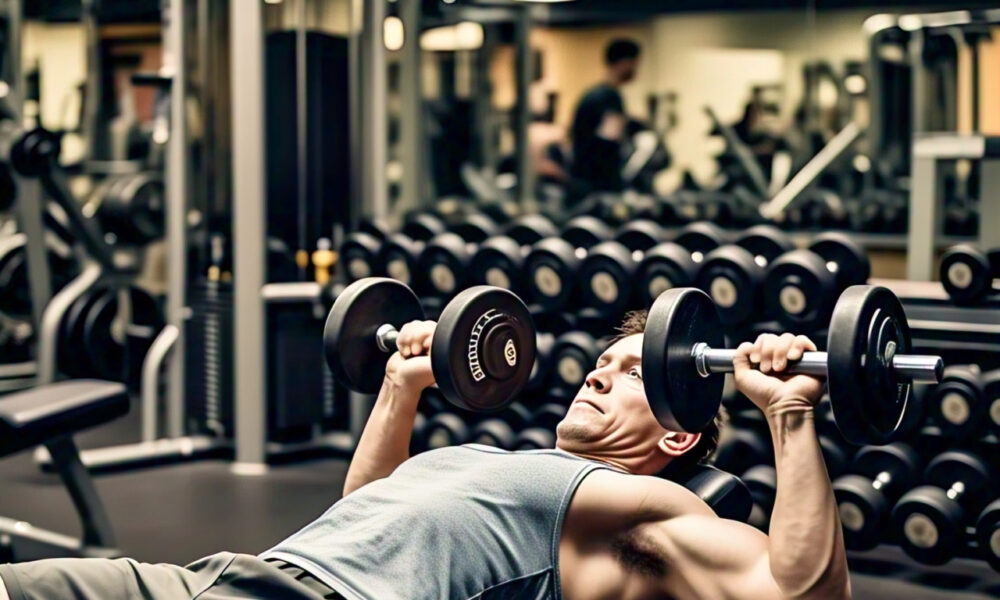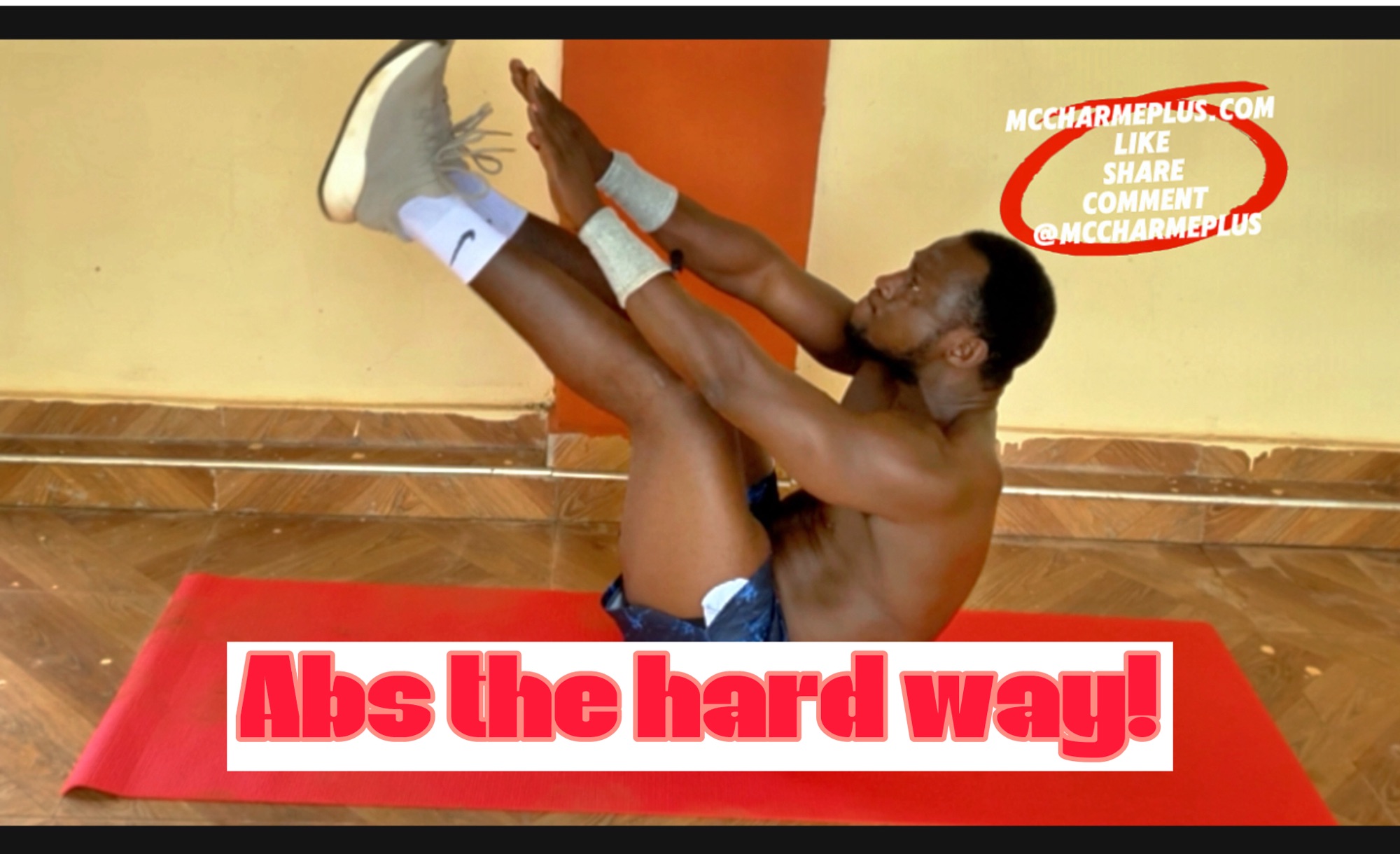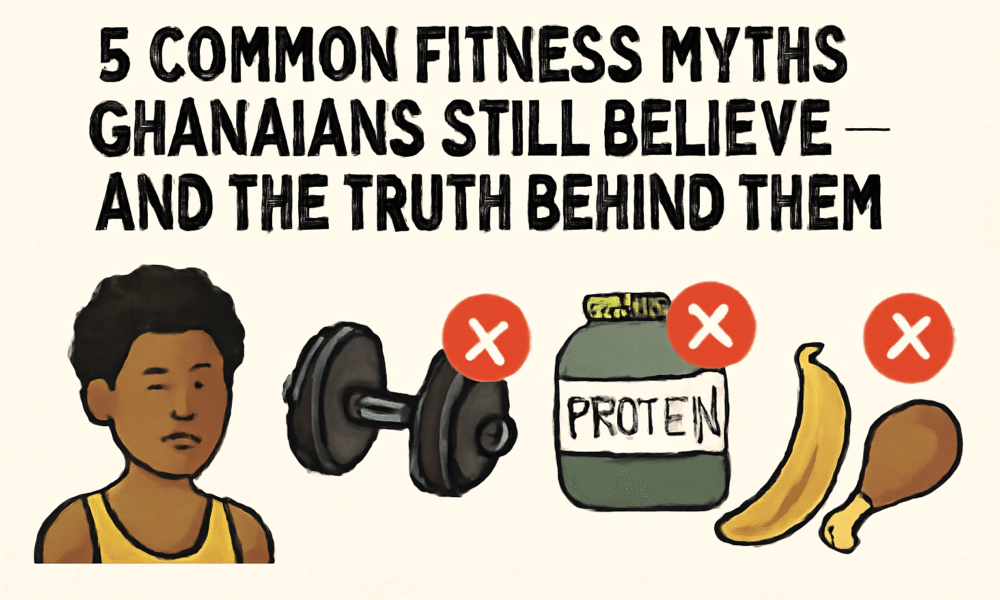The dumbbell chest press is a highly effective exercise for building chest strength and development. It’s a versatile exercise that can be performed at home or in the gym, making it a great option for those who want to improve their chest muscles without relying on expensive equipment.
Benefits of the Dumbbell Chest Press
The dumbbell chest press offers numerous benefits for building chest strength and development, including:
Increased muscle mass: The dumbbell chest press targets the pectoralis major, which is the largest muscle in the chest. By performing this exercise regularly, you can increase muscle mass and improve overall chest development.
Improved strength: The dumbbell chest press is a compound exercise that requires the use of multiple muscle groups. By performing this exercise regularly, you can improve overall strength and endurance.
Convenience and versatility: The dumbbell chest press can be performed at home or in the gym, making it a convenient and versatile exercise option.
Importance of Proper Form and Technique
Proper form and technique are essential for getting the most out of the dumbbell chest press. By using proper form and technique, you can:
Avoid injury: Proper form and technique can help you avoid injury and ensure that you’re targeting the correct muscle groups.
Maximize muscle recruitment: Proper form and technique can help you maximize muscle recruitment, which can lead to increased muscle growth and development.
Improve overall performance: Proper form and technique can help you improve overall performance and get the most out of your workout.
In this post, we’ll provide a step-by-step guide on how to perform the dumbbell chest press with proper form and technique. We’ll also cover common mistakes to avoid, variations of the exercise, and provide tips for building chest strength and development.
Muscles Targeted by the Dumbbell Chest Press
The dumbbell chest press is a compound exercise that targets multiple muscle groups, including:
Pectoralis major: The pectoralis major is the primary muscle targeted by the dumbbell chest press. It’s responsible for movements such as pushing, lifting, and throwing.
Anterior deltoids: The anterior deltoids are secondary muscles targeted by the dumbbell chest press. They assist in movements such as lifting and throwing.
Triceps: The triceps are also secondary muscles targeted by the dumbbell chest press. They assist in movements such as extending the elbow joint.
Benefits for Chest Development
The dumbbell chest press offers numerous benefits for chest development, including:
Increased muscle mass: The dumbbell chest press is an effective exercise for building muscle mass in the chest. By targeting the pectoralis major, you can increase muscle growth and development.
Increased strength: The dumbbell chest press is also an effective exercise for building strength in the chest. By targeting the pectoralis major, you can increase muscular strength and endurance.
Improved endurance: The dumbbell chest press can help improve endurance in the chest muscles, which can be beneficial for athletes who participate in sports that require pushing or throwing motions.
Convenience and Versatility of the Dumbbell Chest Press
The dumbbell chest press is a convenient and versatile exercise that can be performed in a variety of settings, including:
Home workouts: The dumbbell chest press can be performed at home with a pair of dumbbells, making it a great option for those who prefer to work out in the comfort of their own home.
Gym workouts: The dumbbell chest press can also be performed at the gym, where you can access a variety of dumbbells and other equipment.
Travel workouts: The dumbbell chest press is a great exercise to take on the road, as it requires minimal equipment and can be performed in a hotel room or other small space.
By incorporating the dumbbell chest press into your workout routine, you can experience the many benefits it has to offer, including increased muscle mass, strength, and endurance, as well as convenience and versatility.
Proper Form and Technique for the Dumbbell Chest Press
Setup and Positioning: The Foundation of Proper Form
Proper setup and positioning are crucial for performing the dumbbell chest press with proper form and technique. Here’s how to set up and position yourself:
Grip width: Hold the dumbbells with your palms facing forward and your grip width slightly wider than shoulder-width apart.
Foot placement*: Place your feet flat on the ground, with your knees bent at a 90-degree angle.
Body position: Lie on a flat bench with your back flat against the pad, and your shoulders squeezed together.
Movement: The Lowering and Pressing Phases
The movement of the dumbbell chest press involves two phases: the lowering phase and the pressing phase. Here’s how to perform each phase:
Lowering phase: Lower the dumbbells to your chest, keeping your elbows at a 45-degree angle to your body. Take 2-3 seconds to complete the lowering phase.
Pressing phase: Press the dumbbells upwards, extending your arms fully. Take 2-3 seconds to complete the pressing phase.
Breathing and Core Engagement: The Key to Stability and Power
Proper breathing and core engagement are essential for maintaining stability and generating power during the dumbbell chest press. Here’s how to breathe and engage your core:
Breathing: Take a deep breath in, filling your lungs completely, and then exhale slowly as you press the dumbbells upwards. Inhale slowly as you lower the dumbbells to your chest.
Core engagement: Engage your core muscles by drawing your belly button towards your spine. Maintain this engagement throughout the exercise, avoiding any relaxation or disengagement.
By following these tips and techniques, you can perform the dumbbell chest press with proper form and technique, maximizing your workout and minimizing your risk of injury.
Common Mistakes to Avoid When Performing the Dumbbell Chest Press
Letting the Dumbbells Drift Apart: A Common Mistake That Can Throw Off Your Form
Letting the dumbbells drift apart during the dumbbell chest press is a common mistake that can throw off your form and reduce the effectiveness of the exercise. Here’s why it happens and how to avoid it:
Why it happens: Letting the dumbbells drift apart can happen when you’re not focusing on keeping your arms in line with your body, or when you’re using too much weight.
How to avoid it: To avoid letting the dumbbells drift apart, focus on keeping your arms in line with your body throughout the exercise. Also, use a weight that allows you to maintain proper form and control.
Not Controlling the Weight: A Recipe for Disaster
Not controlling the weight during the dumbbell chest press is a recipe for disaster. It can lead to injury, poor form, and a lack of progress in your workout. Here’s why it happens and how to avoid it:
Why it happens: Not controlling the weight can happen when you’re using too much weight, or when you’re not focusing on slow and controlled movements.
How to avoid it: To avoid not controlling the weight, focus on using a weight that allows you to maintain proper form and control. Also, focus on slow and controlled movements, taking 2-3 seconds to lower the dumbbells and 2-3 seconds to press them back up.
Not Engaging the Core: A Mistake That Can Reduce the Effectiveness of the Exercise
Not engaging the core during the dumbbell chest press is a mistake that can reduce the effectiveness of the exercise. Here’s why it happens and how to avoid it:
Why it happens: Not engaging the core can happen when you’re not focusing on drawing your belly button towards your spine, or when you’re not using your core muscles to help stabilize your body.
How to avoid it: To avoid not engaging the core, focus on drawing your belly button towards your spine throughout the exercise. Also, use your core muscles to help stabilize your body and maintain proper form.
By avoiding these common mistakes, you can ensure that you’re getting the most out of the dumbbell chest press and minimizing your risk of injury.
Variations of the Dumbbell Chest Press
Incline Dumbbell Chest Press: Targeting the Upper Chest Muscles
The incline dumbbell chest press is a variation of the dumbbell chest press that targets the upper chest muscles. Here’s how to perform the incline dumbbell chest press:
Setup: Adjust the incline bench to a 30-45 degree angle. Lie on the bench with your back flat against the pad, and your shoulders squeezed together.
Grip: Hold the dumbbells with your palms facing forward and your grip width slightly wider than shoulder-width apart.
Movement: Lower the dumbbells to your upper chest, then press them back up to the starting position.
The incline dumbbell chest press offers several benefits for targeting the upper chest muscles, including:
Increased emphasis on the clavicular head: The incline dumbbell chest press places more emphasis on the clavicular head of the pectoralis major, which can help to create a more balanced and developed chest.
Improved upper chest development: The incline dumbbell chest press can help to improve upper chest development, which can be beneficial for athletes who participate in sports that require pushing or throwing motions.
Decline Dumbbell Chest Press: Targeting the Lower Chest Muscles
The decline dumbbell chest press is a variation of the dumbbell chest press that targets the lower chest muscles. Here’s how to perform the decline dumbbell chest press:
Setup: Adjust the decline bench to a 30-45 degree angle. Lie on the bench with your back flat against the pad, and your shoulders squeezed together.
Grip: Hold the dumbbells with your palms facing forward and your grip width slightly wider than shoulder-width apart.
Movement: Lower the dumbbells to your lower chest, then press them back up to the starting position.
The decline dumbbell chest press offers several benefits for targeting the lower chest muscles, including:
Increased emphasis on the sternal head: The decline dumbbell chest press places more emphasis on the sternal head of the pectoralis major, which can help to create a more balanced and developed chest.
Improved lower chest development: The decline dumbbell chest press can help to improve lower chest development, which can be beneficial for athletes who participate in sports that require pushing or throwing motions.
Alternating Dumbbell Chest Press: Targeting the Chest Muscles with a Different Range of Motion
The alternating dumbbell chest press is a variation of the dumbbell chest press that targets the chest muscles with a different range of motion. Here’s how to perform the alternating dumbbell chest press:
Setup: Lie on a flat bench with your back flat against the pad, and your shoulders squeezed together.
Grip: Hold the dumbbells with your palms facing forward and your grip width slightly wider than shoulder-width apart.
Movement: Lower one dumbbell to your chest, then press it back up to the starting position. Alternate arms with each rep.
The alternating dumbbell chest press offers several benefits for targeting the chest muscles with a different range of motion, including:
Increased muscle recruitment: The alternating dumbbell chest press requires more muscle recruitment than the traditional dumbbell chest press, which can help to improve overall chest development.
Improved coordination and balance: The alternating dumbbell chest press requires more coordination and balance than the traditional dumbbell chest press, which can help to improve overall athletic performance.
Summary: Mastering the Dumbbell Chest Press
In this comprehensive guide, we’ve covered the proper form and technique, common mistakes to avoid, and variations of the dumbbell chest press. By mastering the dumbbell chest press, you can effectively target your chest muscles, improve your overall upper body strength, and enhance your athletic performance.
Key Takeaways:
Proper form and technique: Maintain a flat back, engage your core, and lower the dumbbells to your chest with control.
Common mistakes to avoid: Avoid letting the dumbbells drift apart, not controlling the weight, and not engaging the core.
Variations of the dumbbell chest press: Incorporate the incline dumbbell chest press, decline dumbbell chest press, and alternating dumbbell chest press to target different areas of the chest muscles.




